6 kinds of vines that are easy to grow. Just grow one and you can create a sea of flowers
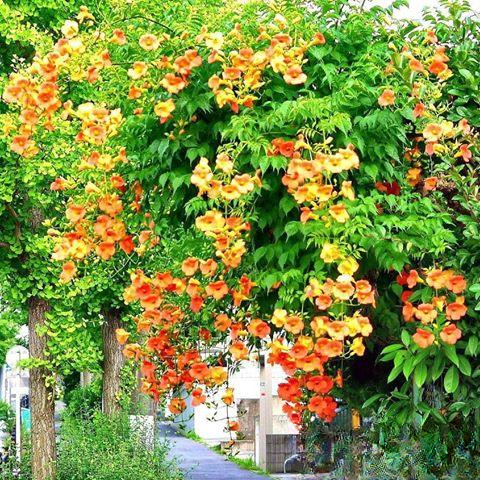
Wisteria, bougainvillea and other vine plants have strong adaptability and simple and extensive management. They can climb the entire courtyard wall in a few years. When they bloom, they bloom in clusters, easily forming a sea of flowers. When they are cultivated at home, they are suitable for planting on balconies and courtyards to decorate walls, balconies, fences, etc., full of natural style. So what are some easy-to-grow vine plants at home?
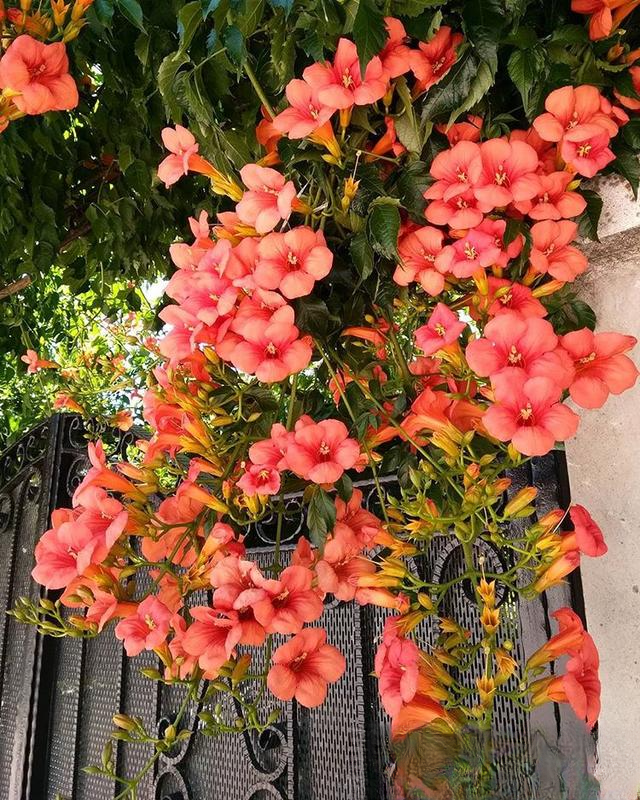
1. Trumpet creeper
Trumpet creeper has strong adaptability, and adult plants do not require much management. They usually bloom from July to October.
Maintenance points:
Light: It likes an environment with plenty of sunlight and can also tolerate partial shade. However, plants grown in partial shade have fewer and lighter flowers. It should be placed in a well-ventilated and sunny courtyard or balcony as much as possible.
Temperature: It likes warm environment, the suitable temperature for growth is 20~25℃. It can withstand high temperature above 30℃ in summer, but should pay attention to cold protection in winter.
Soil: Fertile, well-drained acidic soil is preferred, with a certain degree of salt and alkali tolerance. It can be mixed with leaf mold and garden soil.
Watering: Pay attention to watering the seedlings, and don't let them dry out. Water them frequently during the growing season, and keep the soil moist but not waterlogged. From late autumn to the next spring before budding, it is better to keep the soil slightly dry and moist.
Fertilization: Apply liquid fertilizer mainly composed of nitrogen 1-2 times a month after germination in spring, and apply some compound fertilizer or compost before flowering. Thin the flowers in time after budding in summer, and apply 1-2 times of phosphorus and potassium liquid fertilizer. No fertilizer is applied in winter.
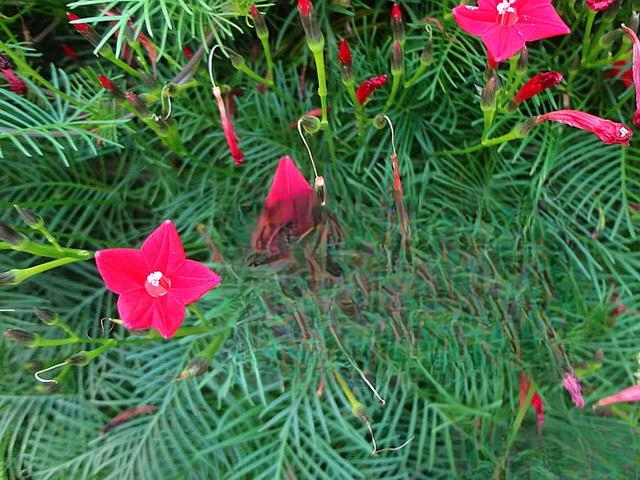
2. Venus
Morning glory is easy to manage. Just keep it watered and fertilized adequately and avoid low temperatures in winter to make it bloom profusely. Its flowers will be fragrant from July to September every year.
Maintenance points:
Light: It is native to tropical regions and requires good sunlight conditions. It likes sunny summers. Insufficient sunlight will lead to poor growth and reduced flowering.
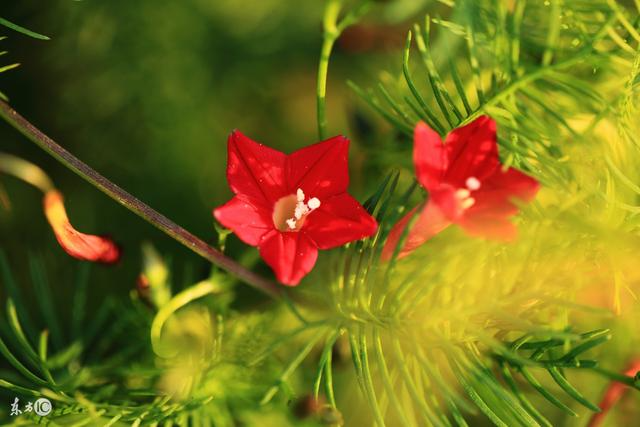
Temperature: The optimum temperature for growth is 20~30℃. Summer is its peak growth period. After entering winter, the growth potential deteriorates and it slowly withers and dies. Soil: The soil requirements are not strict. Loam or sandy loam is preferred. It requires good drainage and good permeability.
Watering: Water thoroughly when planting, and water in due course. Water once a week, but be sure not to allow water to accumulate, otherwise the roots will rot and even cause the plant to die. When the temperature is high in summer, water once in the morning and evening, and avoid excessive dryness.
Fertilization: Whether it is planted in the ground or in a pot, sufficient basal fertilizer is required during planting. Potted radish can be topdressed with liquid fertilizer once a month, and radish planted in the open field can be topdressed with liquid fertilizer 1 to 2 times before flowering.
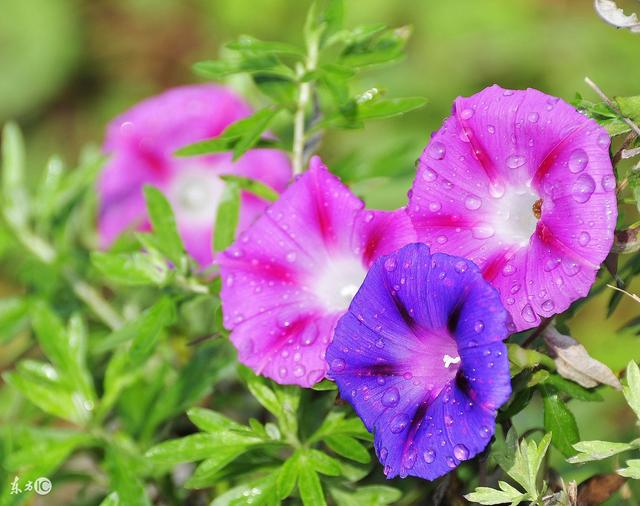
3. Morning Glory
It is very easy to grow morning glory. Just scatter a handful of seeds and it will bloom.
Maintenance points:
Light: It likes a sunny environment, opens in the morning and closes in the evening. It can only bloom big and beautifully if it is kept in a sunny place. Insufficient light will lead to poor growth and few and small flowers.
Temperature: It can withstand high temperatures and extreme heat, but is not cold-resistant. The most suitable temperature for growth is 22~34℃.
Soil: Acidic soil is preferred, and saline-alkali soil is also tolerated. You can mix ordinary culture soil and plain sandy soil in half.
Watering: It is relatively drought-resistant. It must be watered thoroughly when planting, and watered in due time afterwards. During the growing season, water can be applied when the surface of the pot soil is slightly dry. Watering should not be excessive. Remember not to allow water to accumulate, otherwise the roots will rot.
Fertilization: Sufficient basal fertilizer is required during planting. Liquid fertilizer can be applied once every half a month during the growth period, but be careful not to apply too much nitrogen fertilizer, otherwise the stems and leaves will be too lush, thus affecting flowering. Fertilization should be stopped during the dormant period.
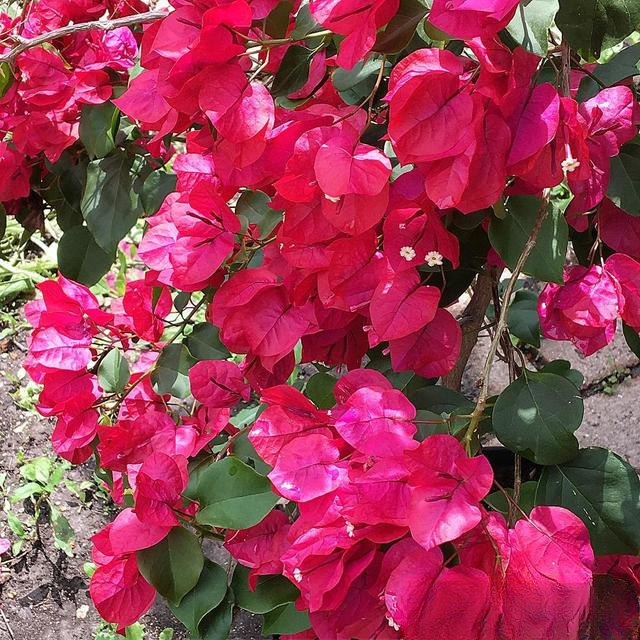
4. Bougainvillea
Bougainvillea grows fast, has a well-developed root system, is drought-resistant, barren, and alkaline soil-resistant, and has strong adaptability. As long as you pay attention to maintaining sufficient light and the right amount of fertilizer and water, it is especially suitable for lazy people to plant.
Maintenance points:
Light: It is a positive flower and likes light. It needs a growing environment with sufficient light and good ventilation. 8 to 12 hours of light a day can promote the growth of abundant and colorful flowers.
Temperature: The suitable temperature for growth is 13~30℃. It can withstand high temperatures of 35℃ in summer. The temperature in winter should not be lower than 5℃, otherwise it will cause the plant to shed leaves.
Soil: It is not very demanding on soil. It is resistant to barrenness and alkali. It can be made of humus, garden soil and sandy soil. Watering: It is not resistant to waterlogging. When watering, you should follow the principle of "no watering unless the soil is dry, and water thoroughly when watering". Insufficient or excessive watering can easily cause leaves to fall off. Reduce the amount of water after autumn.
Fertilization: During the growing season from April to July, liquid fertilizer can be applied every 7 to 10 days. Fertilizers can be decomposed bean cake, rapeseed cake water or human feces water, etc. From August, when the buds begin to form, fertilizers mainly composed of phosphorus fertilizers should be applied every 10 days, and topdressing should be applied once after each flowering.
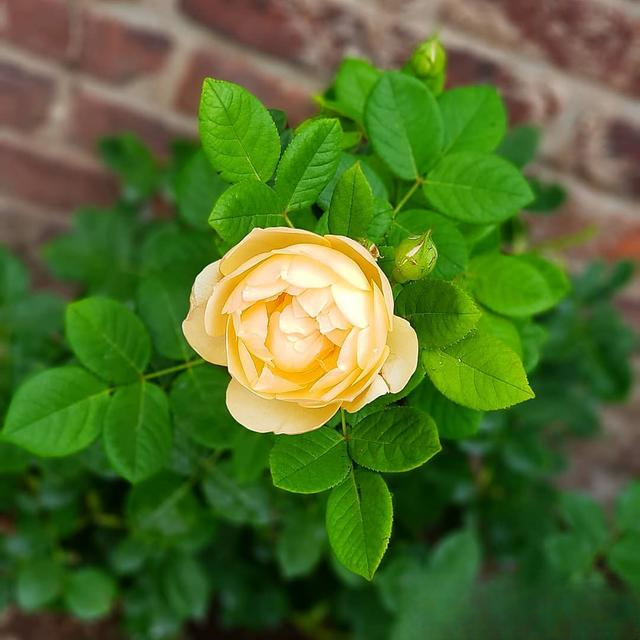
5. Fujimoto Tsuki
Climbing roses have well-developed root systems, strong resistance, rapid branch sprouting, strong growth, and strong disease resistance. They can be managed in a relatively extensive manner, and only attention should be paid to fertilizer and water management. They are also resistant to pruning, have a variety of flower shapes, and some varieties bloom all year round.
Maintenance points:
Light: It likes sufficient sunshine and requires more than 6 hours of sunlight a day, but too much direct sunlight is not good for the development of flower buds.
Temperature: It likes warmth, the suitable temperature is 15~25℃ during the day and 10~15℃ at night. It needs proper shade in midsummer and can withstand low temperatures below -10℃.
Soil: The soil requirements are not strict, but loose, fertile, slightly acidic sandy loam with good air permeability and drainage is preferred. It can be mixed with peat soil, sandy soil and perlite.
Watering: Water the plant sufficiently after planting. Avoid waterlogging in the rainy season and water the plant in the evening in summer. Keep the soil moist during the bud stage to avoid premature bud drop due to dryness. Keep the soil slightly moist after the flowers wither. Do not water the plant unless it is dry.
Fertilization: Apply organic liquid fertilizer or compound fertilizer once every 7 to 10 days during the growth period. After entering the bud stage, spray potassium dihydrogen phosphate once. Do not apply fertilizer during the dormant period in winter (except in coastal areas).
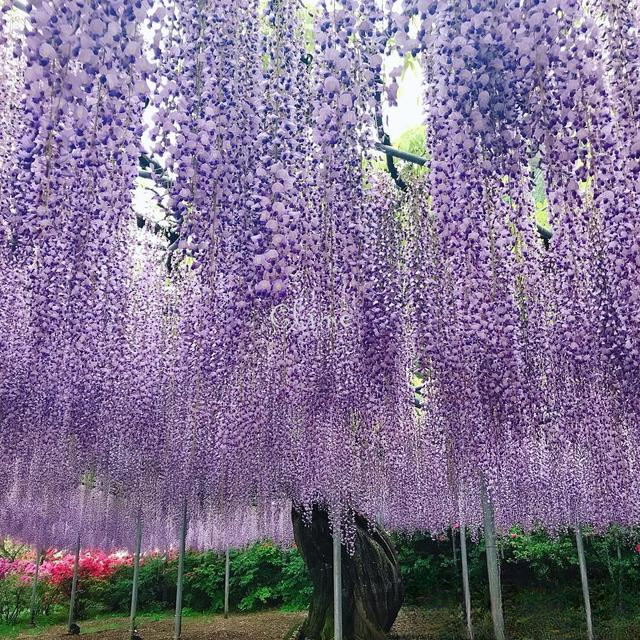
6. Wisteria
Wisteria is highly adaptable and can tolerate both heat and cold. It is cultivated from north to south. For larger plants, a sturdy and durable trellis can be set up before planting, and thick branches can be tied to the trellis to facilitate the climbing of the wisteria. For potted dwarf varieties, pruning and pinching should be strengthened during cultivation to control growth.
Light: It likes sunlight and requires a sunny growing environment. Most varieties are long-day plants and are more shade-tolerant.
Temperature: The suitable temperature for growth is 15~25℃. It can withstand high temperatures of around 30℃ in summer, and the ambient temperature in winter should not be lower than 5℃.
Soil: Thick, loose and well-drained soil is preferred, but it is also tolerant to poor soil.
Watering: It likes a humid environment and has strong drought tolerance. Ground-planted wisteria can be watered when it is particularly dry, and potted wisteria can be watered when it is dry, but not too much, otherwise the roots will rot.
Fertilization: Nitrogen fertilizer and superphosphate fertilizer can be applied before germination, and compound fertilizer can be applied 2 to 3 times during the growth period. Fertilizers mainly composed of phosphorus and potassium can be applied once before flowering, and no fertilizer should be applied during flowering.
That’s all for today. If you want to know more about flowers and flower-growing techniques, please follow me!